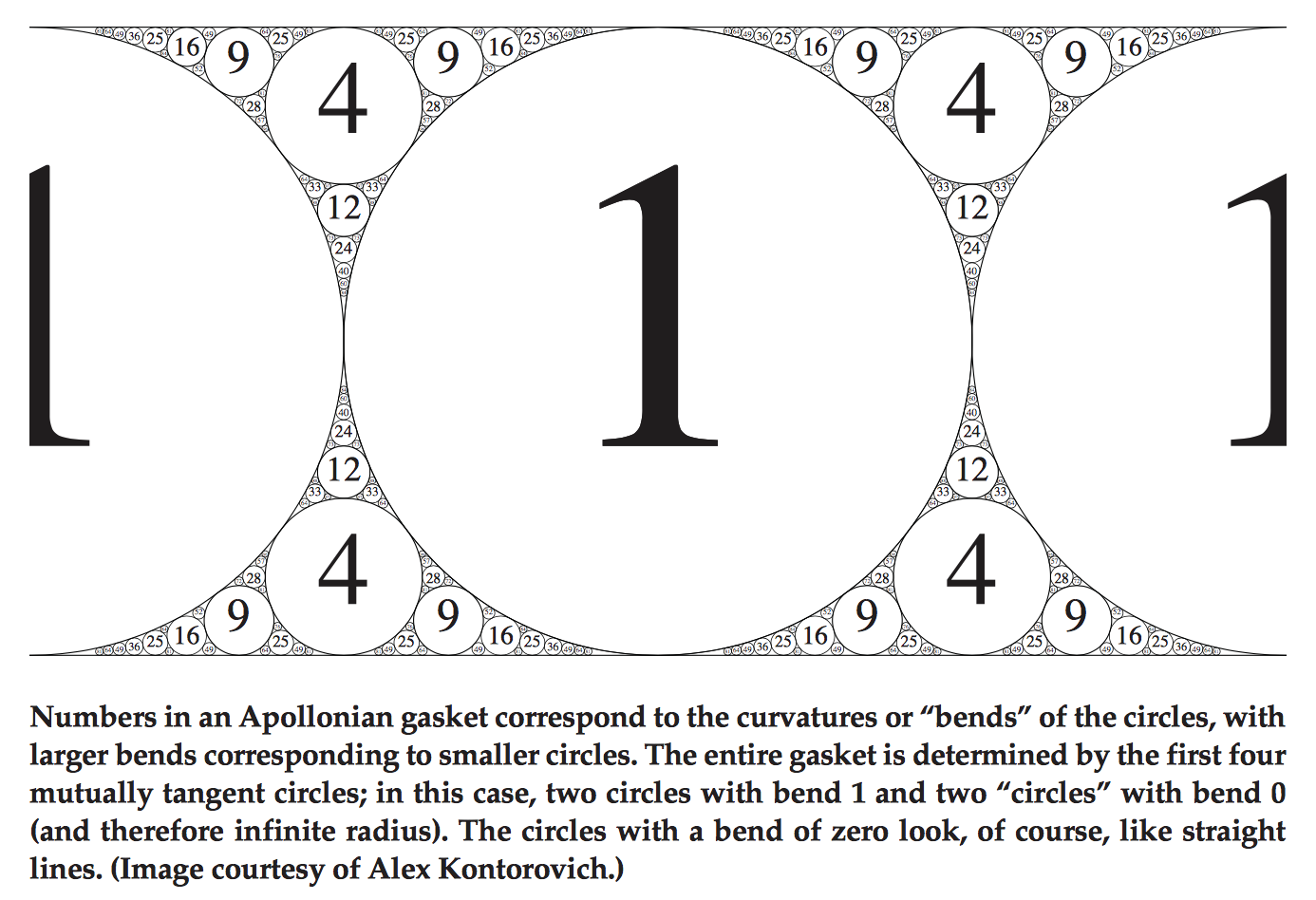A screensaver is a computer program that fills a computer screen with a moving pattern that eluminates each pixel for approximately the same proportion of time. Originally designed to prevent burn-in of computer screens based on cathode-ray tubes, screensavers today are primarily works of art.
I would love to have a screensaver that animates the screen in a mathematically meaningful and interesting way. There are many dynamical processes that could be used to design beautiful screensavers, and many mathematical objects can be beautifully animated. I have found various examples of e.g. mathematically beautiful screensavers and suchlike, but the mathematics behind these does not seem to be of research interest in any meaningful sense (perhaps only fractals).
While it is not so difficult to write a screensaver oneself (although it would require some artistic taste to write a good one), I wonder whether there is anything out there that is beautiful and of research level that I could download.
NSF has a screensaver for download that contains scientifically interesting simulations, but not for mathematics, HERE.
Could you please suggest screensavers that animate the screen in a research-level mathematically interesting, meaningful way?

